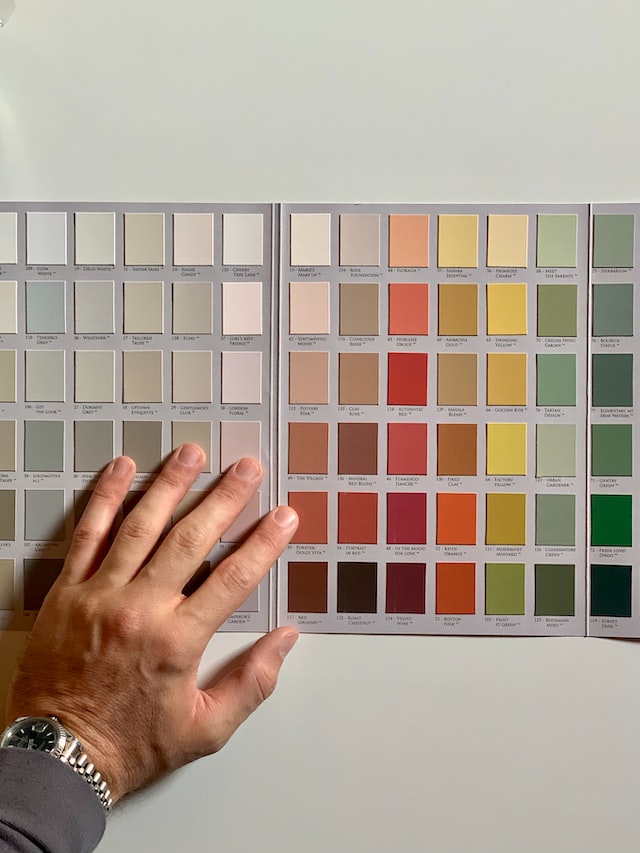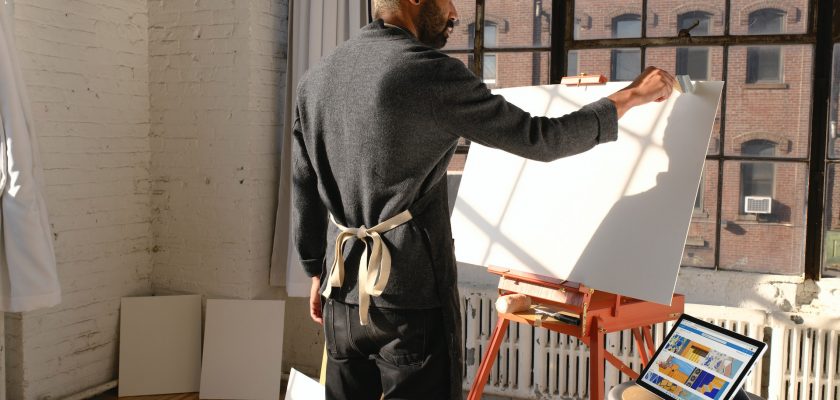When it comes to painting your home, there are a number of questions you should be asking yourself. One of the most common ones is, “How long should I wait between paint coats?” This is an important question, as it will affect how well you finish the job and will also determine whether you should apply another coat.
Interior painting
If you’re planning on painting an interior room, you’ll want to know how long to wait between coats of paint. Waiting longer may not be as fun as it sounds, but it can actually save you time and money in the long run.
There are several factors that play a part in determining how long to wait between paint coats. The amount of paint, the type of paint, and even the environment all have an impact. For example, if you’re painting a room where there is less humidity, you’ll have to allow more time for the paint to dry.
Also, make sure the paint you choose is thick enough to cover the wall. You don’t want to be painting over still-wet paint, or you could end up with a peeling or uneven finish.
Ideally, you’ll need at least three days to wait between coats of paint. That’s because each coat requires a period of curing. This is called recoat time, and it’s important to plan out when to start the next layer of paint.

Photo by stefano manzini on Unsplash
Exterior painting
If you’re considering painting your home, you’ll need to know how long it takes for exterior paint to dry. While it’s important to follow the manufacturer’s directions, the time between coats depends on the type of paint, your environment, and how much paint you’re using.
One of the main factors affecting how long it takes for exterior paint to dry is the thickness of the paint. The thinner the paint, the faster it’ll dry. This is because less layers are needed to get the desired result.
Another factor is the temperature and humidity. Cold weather and high humidity slow down the drying process. However, the ideal humidity level is 50% or lower.
Generally, water-based paints take the least amount of time to dry. Oil-based paints, on the other hand, require at least 24 hours to cure before applying the next coat.
It’s also important to wait for the first coat to completely dry before applying the second. Applying the second coat too soon can lead to problems like bubbling and peeling.
Putting on a second coat of paint
When you are painting a room, it is important to apply the second coat of paint at the right time. This will allow you to have a smooth and uniform coating on the walls. Also, the old color will not show through the new coat.
The second coat of paint should be applied in small sections. It is best to start by sanding the surface before applying the second coat. Make sure to follow the manufacturer’s instructions to ensure the best quality finish.
Painting a wall is a fun and exciting project. However, it can be very tiring and frustrating if you do not take the proper precautions. If you plan to paint the whole house, make sure to leave at least seven days between coats.
You should also wait for the first coat to dry before applying the second coat. Some paints, such as oil-based paints, require more drying time between coats than other types.

Photo by RhondaK Native Florida Folk Artist on Unsplash
Variables in dry time
The variables in dry time between paint coats will vary depending on the type of paint, application method, and the environmental conditions of your room. Having an idea of the drying times for the paint you are using will allow you to avoid cosmetic issues.
A thick coat will take longer to dry than a thin coat. This is because paint dries from the base evaporation. In addition, the thickness of the paint can also affect the dry time. Generally, it takes a second coat about five to six hours to dry. It may take even more time for an oil-based paint to dry, especially if it has a gel base.
Painting in the right conditions will help the paint dry faster and prevent uneven drying. Ideally, the temperature and humidity of the room should be moderate. Also, you will want to open windows and use fans to circulate the air and keep the paint from getting too wet. If you live in a humid area, you may consider installing a dehumidifier to reduce the humidity in your home.
